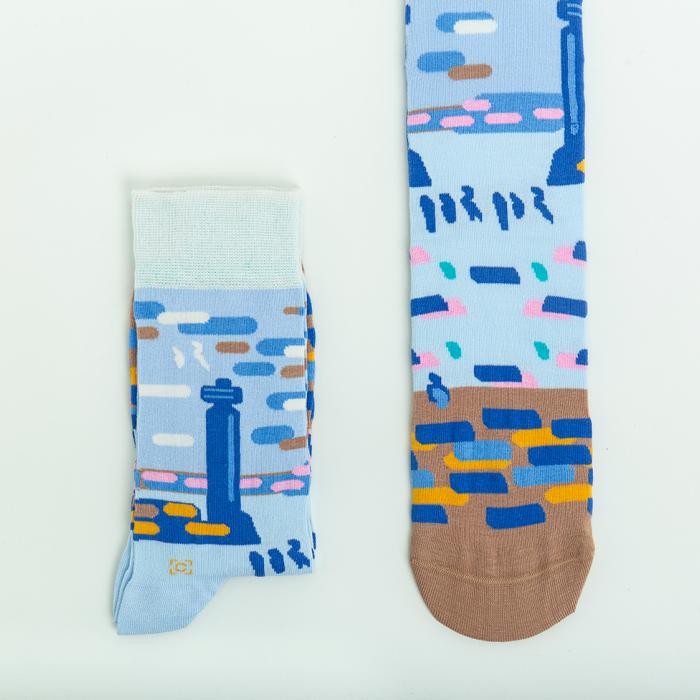An adaptation is when part of the body becomes specialised for a certain function that means the animal has a better chance of survival in a particular environment.
The Wonderchicken research team have put together a craft activity and information sheets about different types of bird and how they have adapted to the environment they live in.
You will need:
How did the ancient Maya express their identity? What objects did they use to show their power? What can archaeology tell us about Maya life? These are some of the questions we will discuss while students learn how to read a Maya monument and handle objects from Central and South America.
Gravel Hunters is an educational resource that aims to encourage budding explorers of all ages to discover fossils for themselves on their doorsteps. From gardens to car parks and driveways, fossils can be unearthed in flint gravel from all sorts of environments - all you need to do is collect them.
This resource gives examples of some of the most common fossils found in flint gravel.
Scientists use all sorts of different ways to name the new plants, animals and fossils they find.
Two parts - Scientific names usually have two parts, just as people have a first name and a family name.
Latin or Ancient Greek - Often the names use words from Latin or Ancient Greek.
About the Session
This set of activities covers aspects of the Year 5 national curriculum unit "Earth and Space", using objects from the Whipple Museum to explore:
The solar system
Terrestrial, celestial and planetary globes
Space science today
Duration: Can be booked as:
About the Session
This set of activities covers aspects of the "animals, including humans" topic and can be adapted for KS1 or KS2, using objects from the Whipple Museum to explore:
How we hear
How we see
Bones
Organs
Duration: Can be booked as:
Make your own mask with snakes instead of hair.
Based on the story and our own sculpture of Medusa, follow this simple step by step tutorial to make your own fun mask. If you need an idea for an arts and crafts afternoon, this is perfect.
It is really unusual for a palaeontologist (scientist who study fossils) to find a complete skeleton with all the bones in the right place. We are more likely to find only a few bones or a jumbled up skeleton.
Putting a skeleton back to together when you know what the animal looks like can be a challenge, but imagine how hard that becomes when there are no more of those creatures alive for you look at. It is a bit like trying to put a jigsaw puzzle together when you don’t have the photo on the box as a guide.
How does burning fossil fuels threaten Antarctic marine life?
This experiment demonstrates the link between increasing carbon dioxide levels and ocean acidification and freshening oceans. Freshwater and more acidic water in the oceans make life harder for Antarctica’s marine animals.
The experiment and video were made by Nick Barrett. Nick is a PhD student at the University of Cambridge Earth Science Department and The British Antarctic Survey investigating the resistance of Antarctic marine species to predicted freshening and lower salinity in the Southern Ocean.
Did you know the first bees would have been flying around in the Cretaceous just as ‘Iggy’ our Iguanodon was snacking on leaves from tall trees? At the Sedgwick Museum we have two 20million year old honey bees trapped in amber. Found on Yarmouth beach in 1891.
Amy Smith studies bees Plant Sciences in Cambridge. In this activity Amy shows us how to make a bee-autiful fluffy bumble bee. You will need some card and wool.

